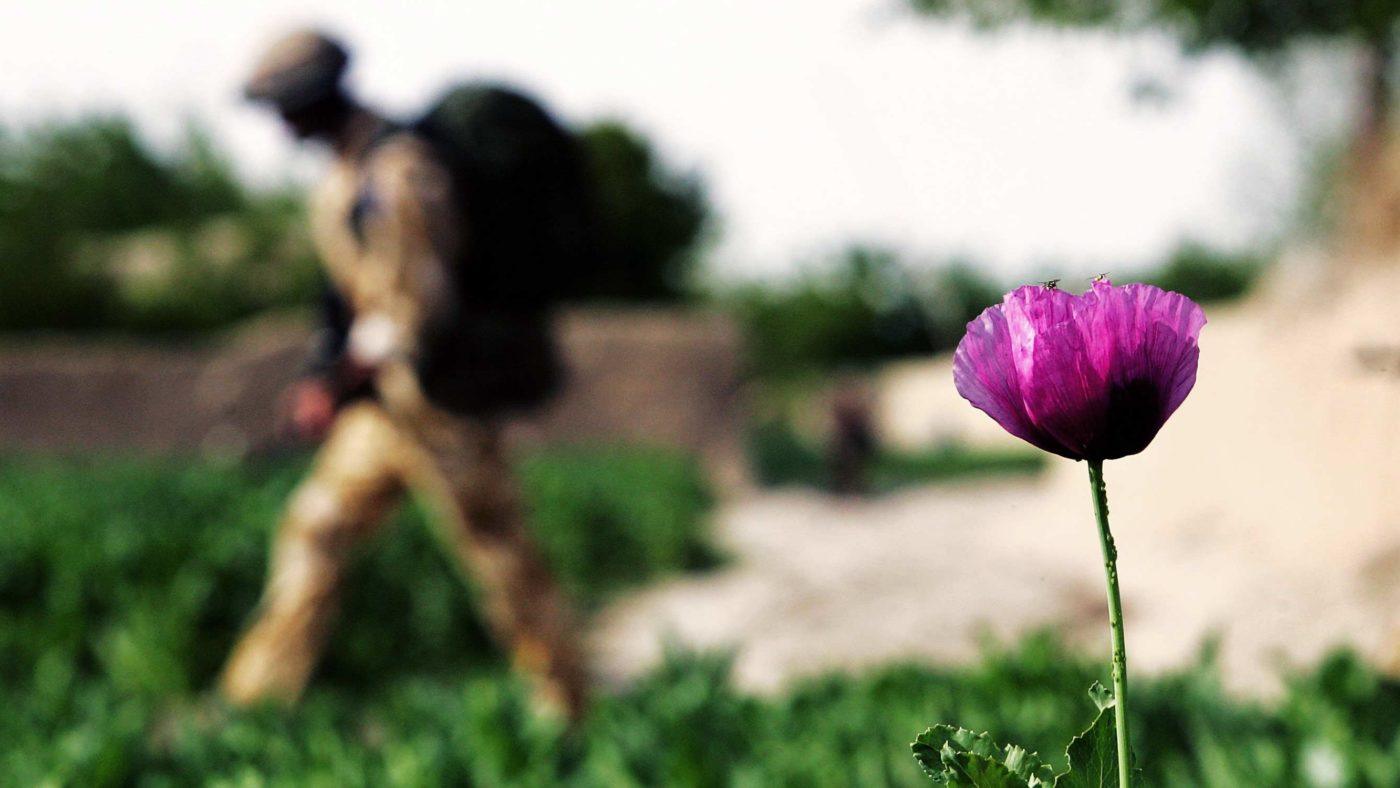This week, the United Nations Office on Drugs and Crime (UNODC) reported that opium production in Afghanistan rose by 43 per cent in 2016.
Afghanistan’s soaring drug production is occurring not in spite of our best efforts but because of them.
The report is disturbing on many levels. But it is especially disturbing considering the billions of dollars the US government has thrown into Afghanistan attempting to eliminate poppy production.
Since 2002, the US has spent a staggering $12 billion trying to eliminate opium production in Afghanistan, a number four times the size of the entire economy in 2002.
Despite having the best of intentions and more money at its disposal than ever before, the US has been completely unable to stem this tidal wave of poppy production. According to Al Jazeera, Afghanistan now produces more than 80 per cent of the world’s illicit opium, the vast majority of which is used to produce heroin.
Unintended but predictable consequences
Nearly 15 years after the war on terror in Afghanistan and the associated war on opium were launched, the blowback from this failed drug war is finally starting to hit home. According to The New York Times, heroin has become one of the fastest-growing illicit drugs in the US, particularly among working-class whites.
According to the Drug Enforcement Agency (DEA), heroin use in the US tripled between 2007 and 2014. Heroin-induced deaths have soared from 3,036 in 2010 to 10,574 in 2014. The vast majority of the heroin that has snuck across the border is coming from Afghanistan.
“We tend to overuse words such as ‘unprecedented’ and ‘horrific,’ but the death and destruction connected to heroin and opioids is indeed unprecedented and horrific,” says acting DEA administrator Chuck Rosenberg.
One of the best ways to avoid these horrific outcomes at home is to get to the source of why opium production is skyrocketing abroad. And the sobering reality is that in many cases Afghanistan’s soaring drug production is occurring not so much in spite of our best efforts but because of them.
The US has tried a variety of approaches in this drug war ranging from paying farmers to reduce their acres cultivated, engaging in interdiction efforts against drug traffickers and drug lords, and outright eradication efforts backed by US boots on the ground.
In my recent paper with Christopher J. Coyne and Abigail Hall-Blanco, we show that these policies have generated a number of perverse unintended consequences.
One of our core arguments is that the continual shifts in the US’s drug policy strategy has undermined stability in the region, contributing to what the economist Robert Higgs has termed “regime uncertainty”.
Over the course of the past 15 years, the US has pursued a dizzying number of conflicting strategies: arming then de-arming powerful drug lords, allowing and then eradicating opium production by poor farmers, pushing for local autonomy then supporting centralised government control over eradication, etc.
The result of these haphazard policies is a country that is in shambles and a local population that is highly suspicious of US “aid”.
The drug war has also served to cartelise the opium industry into a few powerful hands. This has allowed black market actors who specialise in using violence – namely, the Taliban – to offer their protection services to farmers and traffickers and reap enormous profits.
Paradoxically, these profits are being used to finance arms purchases that go to fighting US-backed forces in charge of implementing the drug prohibition.
The US has also effectively criminalised millions of ordinary Afghan citizens who rely on opium for their livelihood. This has spurred distrust and resentment amongst the very populations whose “hearts and minds” it so desperately sought to win, pushing them into the waiting hands of the Taliban.
Thanks to the cartelisation of the drug industry and the rising insurgency, the drug war has incited enormous violence. Violence and terrorism have risen most sharply in regions where opium is produced and eradication efforts have been tried most forcefully.
A final consequence of the drug war is that it has created a hotbed of corruption in the Afghan government. As the economics of prohibition literature makes clear, making products “illegal” invites corruption by creating bribery opportunities for crooked politicians who want a slice of the drug trade profit.
The fact that dozens of US-supported leaders have been charged with corruption has only served to undermine the government’s credibility.
What unites all of these perverse consequences is that, had US policymakers learned the lessons that economists had observed from the failure of alcohol prohibition in the 1920s, and our failed international war on drugs today, they could’ve avoided this tragic yet predictable outcome.
Moving forward, politicians need to recognise the limits of US power and the perverse consequences that these well-intentioned but misguided policies create.
If we want to make true progress in this and other drug wars, policymakers need to rely less on prohibition and more on providing treatment and public information. It’s true the heroin epidemic is an urgent problem. But as the economics of prohibition tells us, it is a problem that prohibition only makes worse.
This article was originally published on FEE.org. Read the original article.


